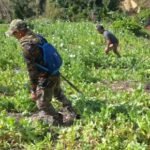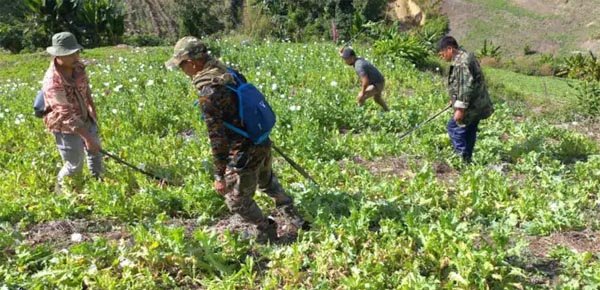New Delhi, Oct 10 (UNI) More than half of the world’s bird species — our cherished winged friends — are witnessing a worrying decline, according to the latest global assessment released by the International union for Conservation of Nature (IUCN).
The report attributes the 61% decline in the bird population chiefly to habitat loss and degradation, driven by agricultural expansion, intensification, and logging.
The update, which is the eighth comprehensive evaluation of all bird species worldwide conducted by BirdLife International, reassessed 1,360 species as part of a nine-year collaborative effort involving thousands of experts globally.
The IUCN is a global union of governments, civil society organisations, and scientific experts.
The warning about the health of bird population has come amid ongoing IUCN World Conservation Congress in Abu Dhabi.
Out of 11,185 bird species assessed, 1,256 — or 11.5 per cent — are now classified as globally threatened. The study further reveals that 61 per cent of bird populations are in decline, a sharp rise from 44 per cent in 2016, underscoring a deepening biodiversity crisis.
“The most prevalent cause of the bird population decline is habitat loss and degradation, driven especially by agricultural expansion and intensification and logging — the foremost threats to birds at risk of extinction,” stated the IUCN in a statement here.
The report draws attention to tropical forest loss in regions such as Madagascar, West Africa, and Central America, where the fate of many iconic bird species hangs in the balance.
In Madagascar, for instance, 14 endemic forest bird species have been uplisted to near threatened, and three to vulnerable. Among them is the striking Schlegel’s asity (Philepitta schlegeli), whose males are adorned with vibrant blue and green face wattles, a vivid reminder of nature’s fragile beauty.
In West Africa, the black-casqued hornbill (Ceratogymna atrata), known not only for its distinctive casque but also its ecological role, is now near threatened, due to hunting and illegal trade.
In Central America, the tail-bobbing northern nightingale-wren (Microcerculus philomela) has been pushed to near threatened status due to continued forest loss.
Dr. Ian Burfield, BirdLife’s Global Science Coordinator, emphasised the urgency of the situation, saying, “That three in five of the world’s bird species have declining populations shows how deep the biodiversity crisis has become and how urgent it is that governments take the actions they have committed to under multiple conventions and agreements.”
Yet, the report offers a beacon of hope. The restoration of native forest habitat on Rodrigues Island facilitated the recovery of the endemic Rodrigues warbler (Acrocephalus rodericanus), which improved from Critically Endangered in 1996 to Least Concern today — a testament to what can be achieved through concerted partnership and perseverance.
Birds, often regarded as the poets of the skies and indispensable stewards of the environment, play vital roles in ecosystems and human life. They act as pollinators, seed dispersers, pest controllers, scavengers, and ecosystem engineers.
Hornbills alone, for example, can disperse up to 12,700 large seeds per square kilometre each day, sustaining tropical forest ecosystems and supporting carbon storage essential in the fight against climate change.
As agriculture, logging, invasive species, hunting, trapping, and climate change remain formidable challenges, the report serves as a clarion call for immediate, collective action to safeguard future of these feathered friends.











